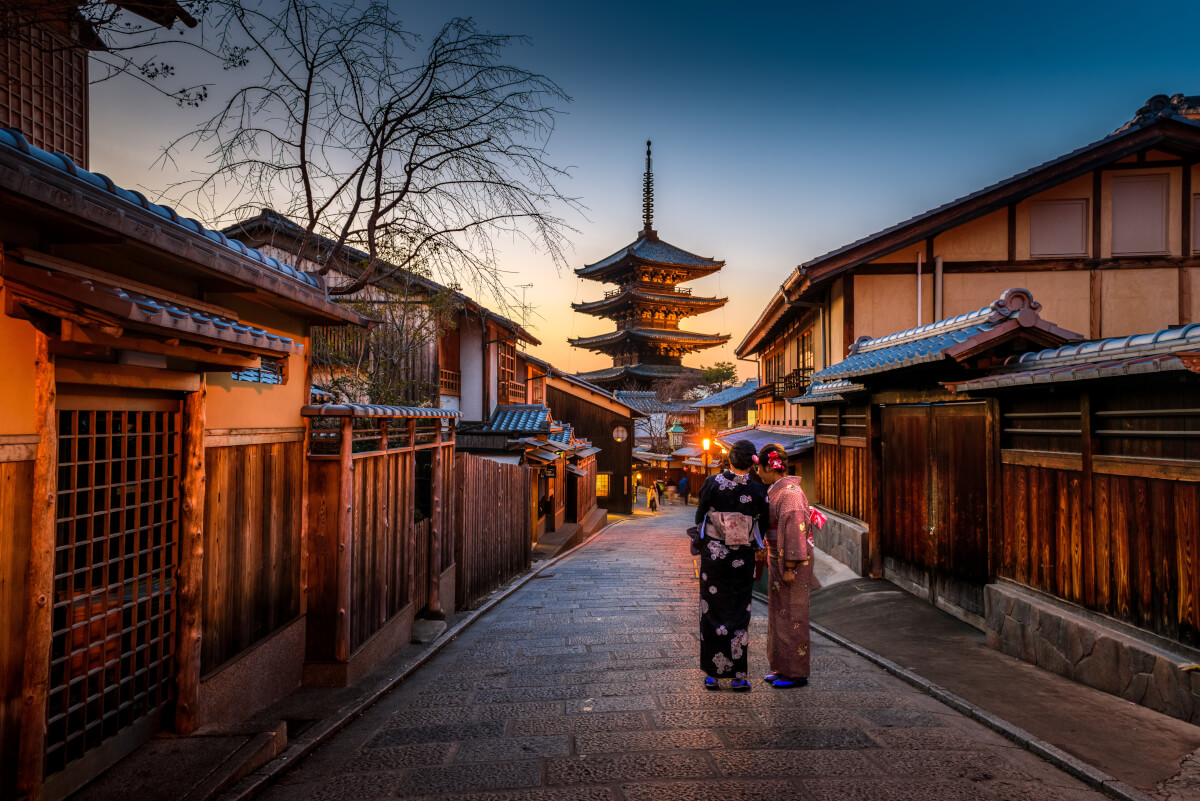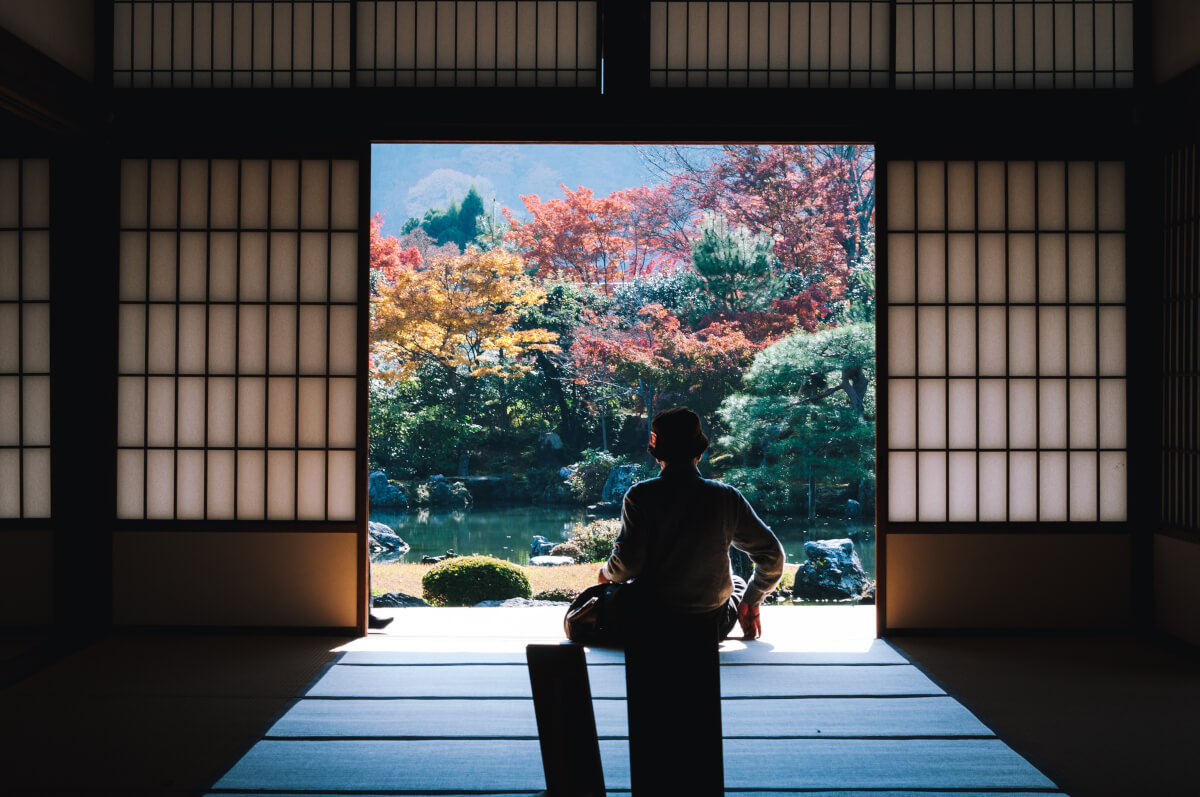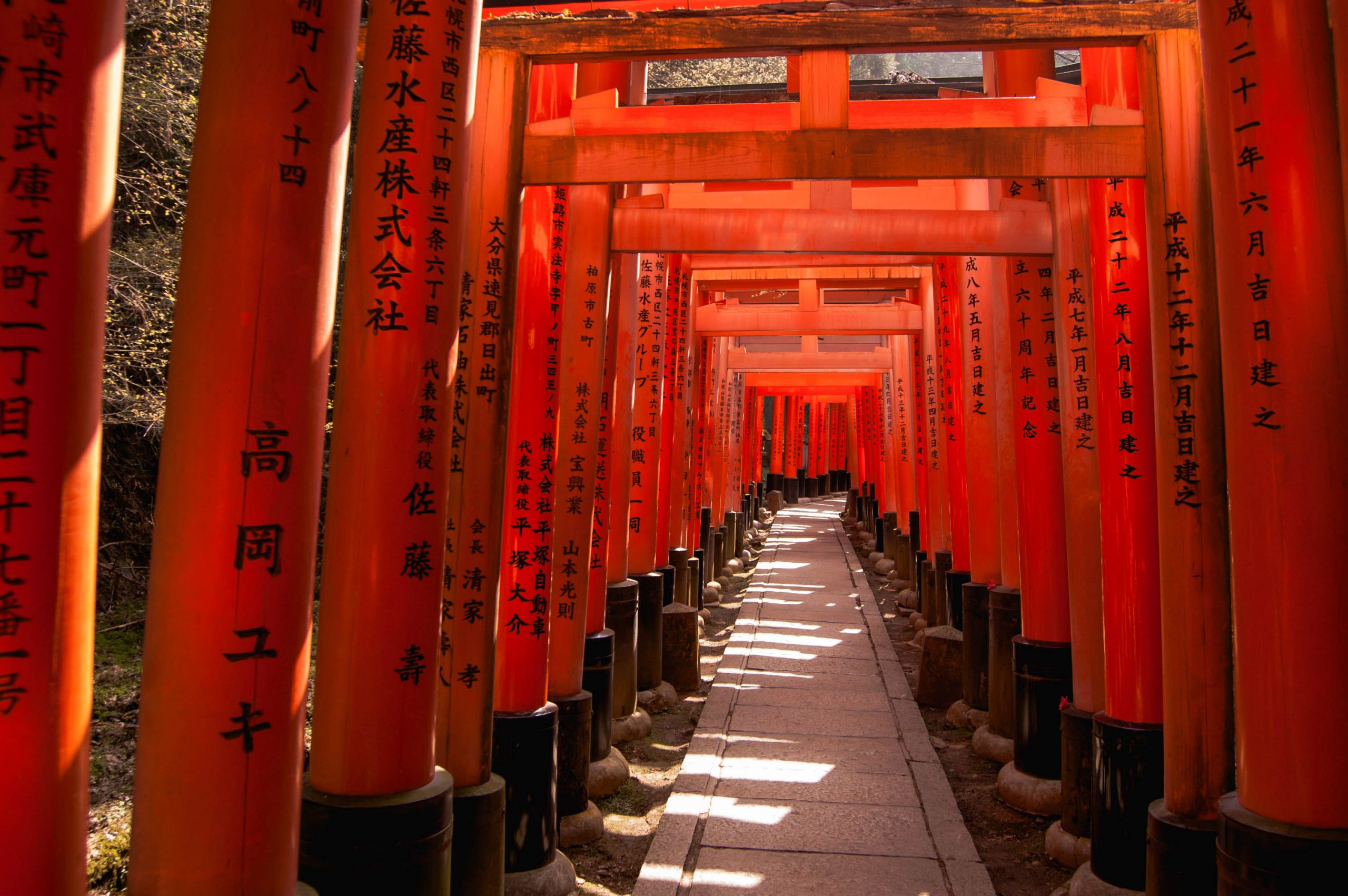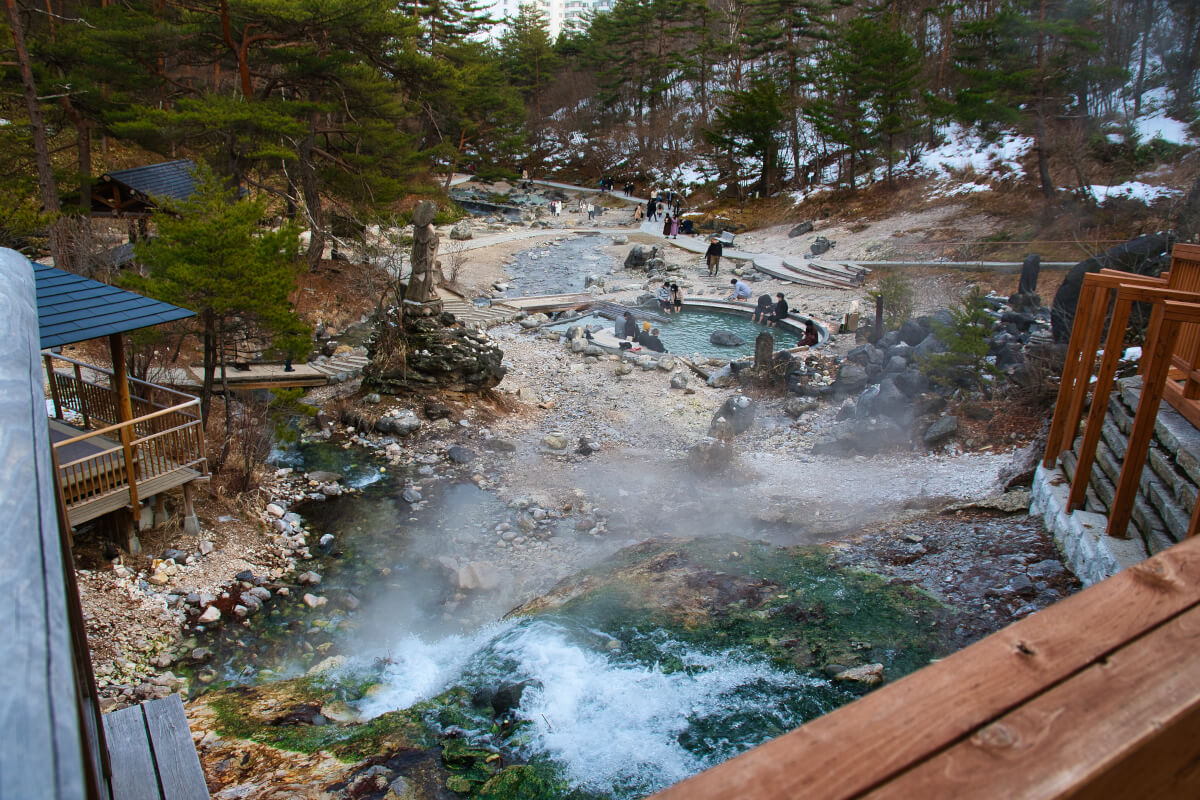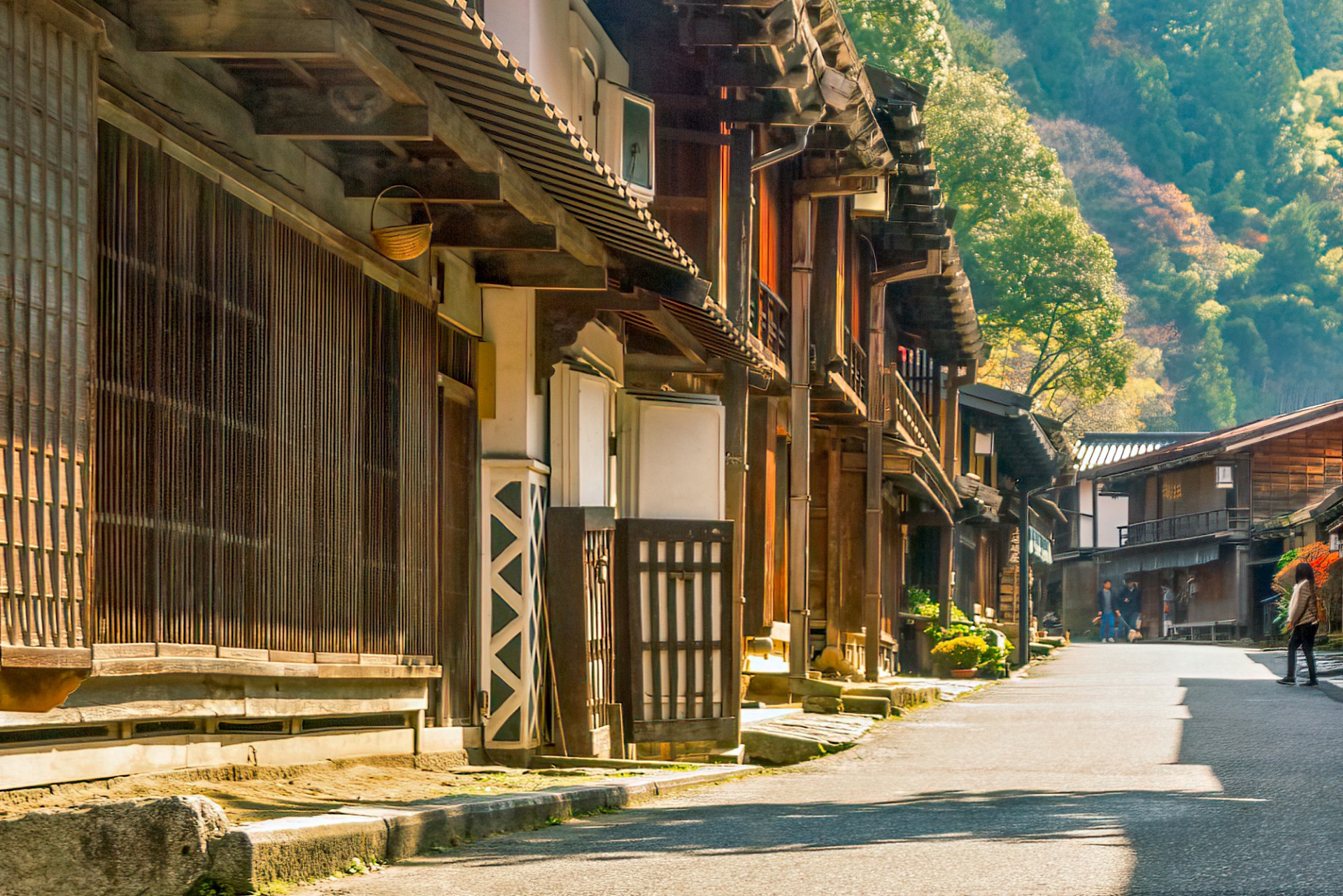Fushimi Inari Shrine in Kyoto is one of the highlights of Kyoto, with over ten million Japanese and foreign tourists visiting this shrine every year. In this article, we will introduce everything you should know about Fushimi Inari Shrine.
Fushimi Inari Shrine overview
Fushimi Inari Shrine, located in southern Kyoto, is the central location for several thousands of shrines dedicated to Inari, the Shinto god of rice harvest, commerce and business. Dozens of statues of foxes, which is considered the god’s messenger, can be found in the shrine ground. They sometimes have a key in their mouth, which represents the key to the rice storehouse in ancient times.
The seemingly unending path of over 5,000 bright vermillion torii gates behind Fushimi Inari Shrine makes it one of the most popular shrines in Japan. The torii gates along the trail are donations by both individuals and companies, and you will find the donator’s name and the date of the donation inscribed on the back of each gate. The cost starts around 400,000 yen for a small sized gate and increases to over one million yen for a large gate.
The Fushimi Inari pilgrimage hike takes you from Keihan Fushimi Inari Station or JR Inari Station to near the top of Mount Inari-san. This 5 kilometer hike involves a bit of stair climbing, but it is not too hard if you take it slow. For much of the hike, you will be passing through long pathways of vermillion torii gates. You can pass various shrines and sub-shrines along the route. Partway through the hike, you will also be treated to an incredible view across all of southern Kyoto.
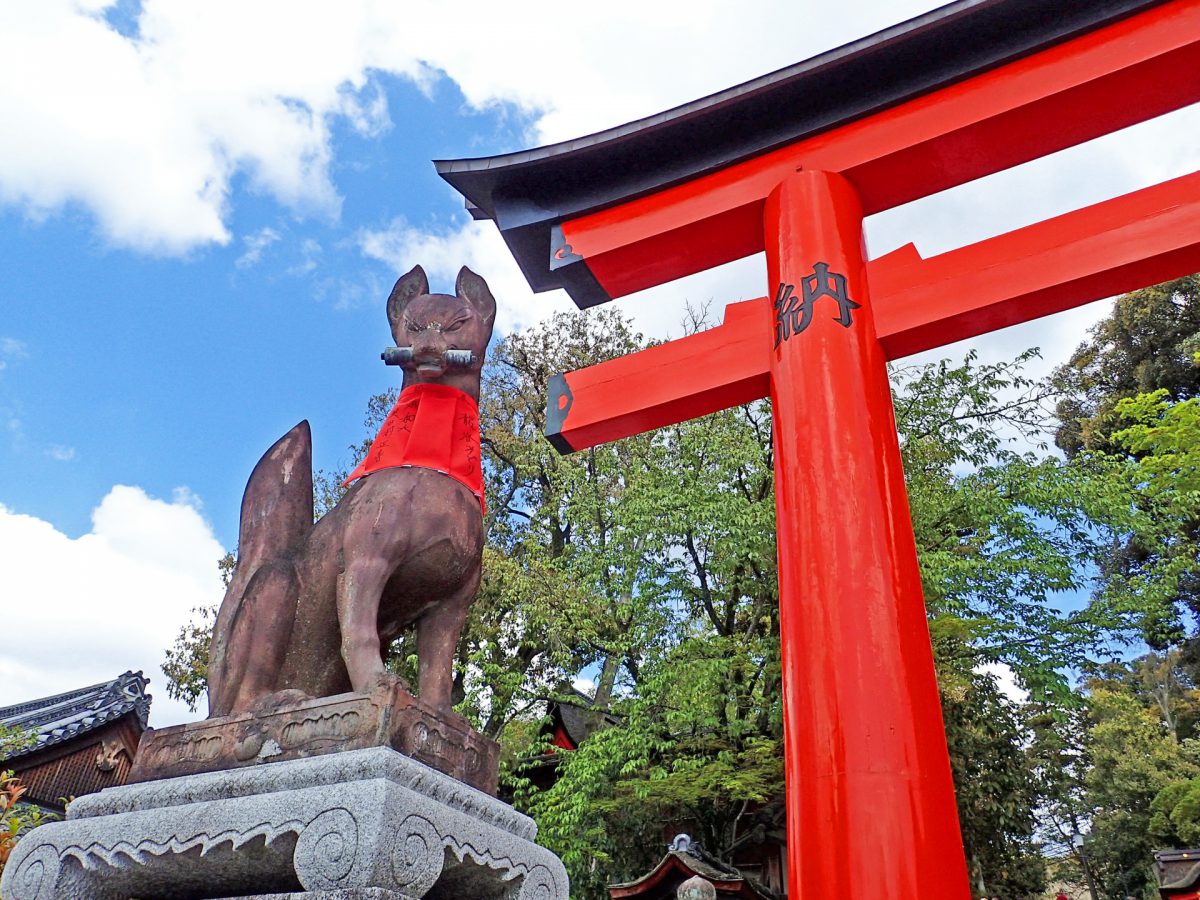
History of Fushimi Inari Shrine
The original structures of the shrine were constructed in the year 711 to enshrine the deity “who feeds, clothes and houses us and protests us so that all of us may live with abundance and pleasure”. In 942, the shrine was recognized as the highest rank for Shinto shrines. In 1468, the gates and main shrine hall were destroyed by a fire, but the main hall was rebuilt in 1499 and the gates were rebuilt in 1589.
In the Edo Period (1603-1867), Fushimi Inari Shrine started to become popular among merchants for prosperous business, and many merchants started to worship Inari Shrine. As thanking the God for the fulfillment of a wish, the merchants dedicated a red torii gate to the shrine. This is how the custom of donating the torii gates started.
Today Fushimi Inari Shrine is known as a deity of business prosperity, prosperity of industries, safety of households, safety in traffic, and improvement in the performing arts.
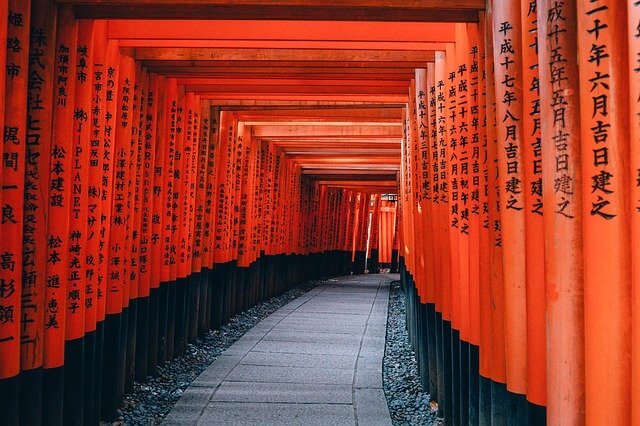
Tips when visiting Fushimi Inari Shrine
Because of its high popularity, Fushimi Inari Shrine is quite crowded throughout the year. The shrine is open 24/7, so you can visit anytime of the day. If you want to avoid huge crowds, we recommend you to visit early in the morning or in the evening after sunset. If you arrive before 8:00am or after 8:00pm, it is usually much less crowded. In addition, if you visit in the evening, you will be able to enjoy the sights of the shrine while illuminated.
Some of the best seasons to visit are spring and autumn. Like many other spots in Kyoto, Fushimi Inari Shrine is very beautiful with autumn leaves from mid-November to early December. However, please note that the shrine is the most crowded during this time as well.
The grounds are also home to some cheery blossom trees, although their number is quite low so it is not an ideal place for sakura viewing. However, it is special to see the main hall, gates, and cherry blossoms all together in the same place. There are two popular types of cherry blossoms here; the common Somei Yoshino, and the weeping cherry blossoms called Shidare Sakura.
If you are interested in the traditional events held at the shrine, you can find them all year round. The most important shrine festival is Inari-sai which is held on the Sunday closest to April 12th. In this festival, portable Inari shrines are brought to the area to confer blessings. The festival lasts for about two weeks.
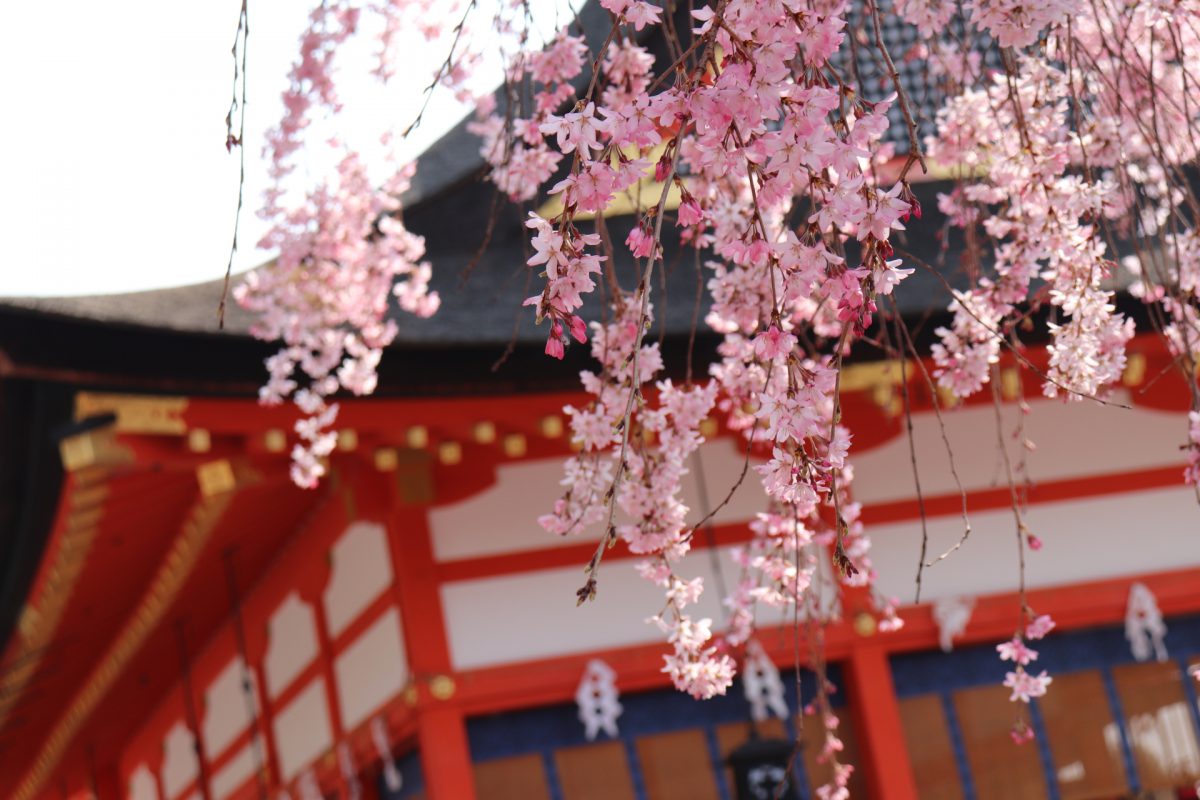
Read How to Pray at Japanese Shinto Shrine before you visit!
What can be found near Fushimi Inari Shrine
After visiting Fushimi Inari Shrine, we also recommend you check out these interesting spots nearby.
Fushimi Kandakara Shrine
If you walk through the tail behind Fushimi Inari Shrine, you can find Fushimi Kandaka Shrine. This small shrine is related to a famous Japanese folktale called “Taketori Monogatari (The Tale of a Bamboo Cutter)”, which is the story of a beautiful woman called Princess Kaguya who arrived on Earth from the moon. At this shrine, people write their wishes on doll-shaped Japanese decorative papers in hopes that they come true.
Sekihoji Temple
Sekihoji Temple is located approximately 300 meters southeast from Fushimi Inari Shrine. Behind the main temple hall in the mountain, there are five hundred statutes carved out of stone, each depicting a disciple of Buddha. This group of statues, called the Gohyaku Rakan, was captured in a sketch by Ito Jakuchu who is a famous Japanese painter of the mid-Edo Period.
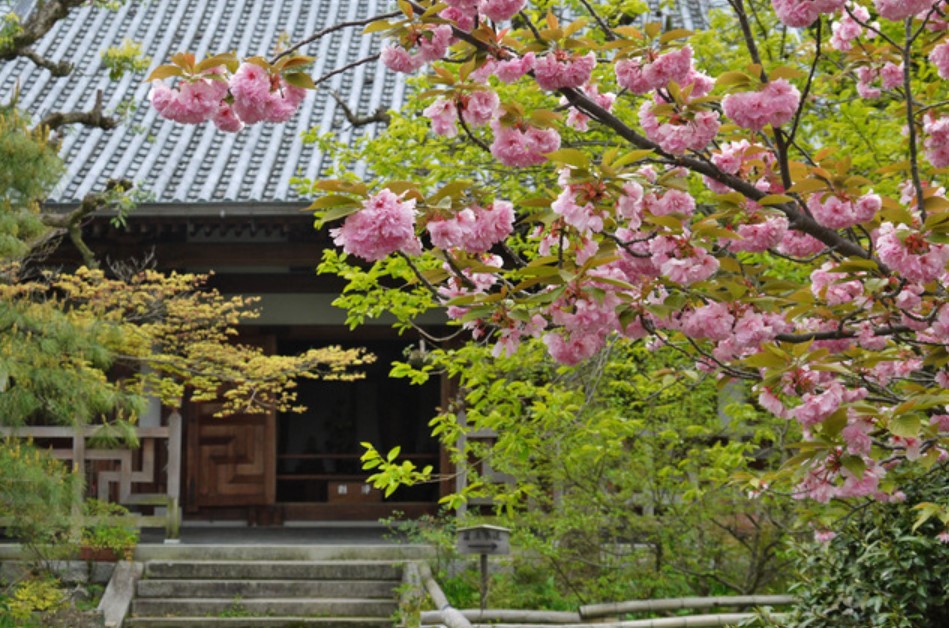
Tofukuji Temple
Tofukuji Temple is a large Zen temple in southeastern Kyoto, two stations from JR Inari Station. The temple is particularly famous for its spectacular autumn colors that reach their peak usually around mid to late November. Its name is a combination of the names of Todaiji Temple and Kofukuji Temple, which were associated with the Fujiwara family who founded Tofukuji Temple in 1236. Tofukuji Temple has historically been one of the principal Zen temples in Kyoto.
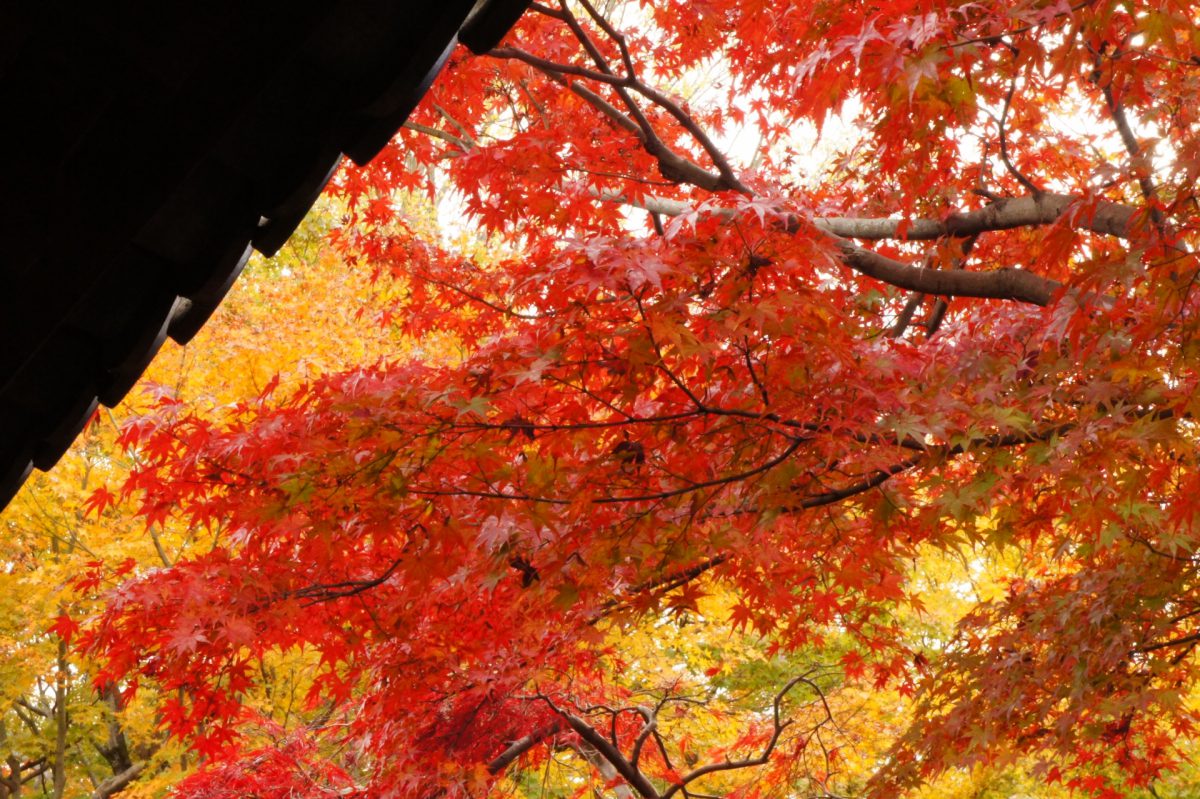
If you are planning to visit Fushimi Inari Shrine in Kyoto, we recommend you to do so early in the morning or in the evening to avoid huge crowds of tourists and also to allow yourself to visit interesting spots nearby.
Japan Wonder Travel Tours
Kyoto 4 Hours Highlight Private Walking Tour
Do you want to know the history and background story of the area? Explore Kyoto’s iconic sightseeing spots, Fushimi Inari Shrine and Kiyomizu Temple with a knowledgeable guide!
Kyoto Private Full Day Walking Tour
In this 8 hours tour, you can visit must-see sightseeing areas of Kyoto, walking around efficiently with a friendly English-speaking guide!
Follow us on Instagram or Facebook for more travel inspiration. Or tag us to get featured!
Happy travelling!
Stay informed of the best travel tips to Japan, the most exciting things to do and see, and the top experiences to have with the Japan Wonder Travel Newsletter. Every week we will introduce you to our latest content.
Other things to do in Kyoto

